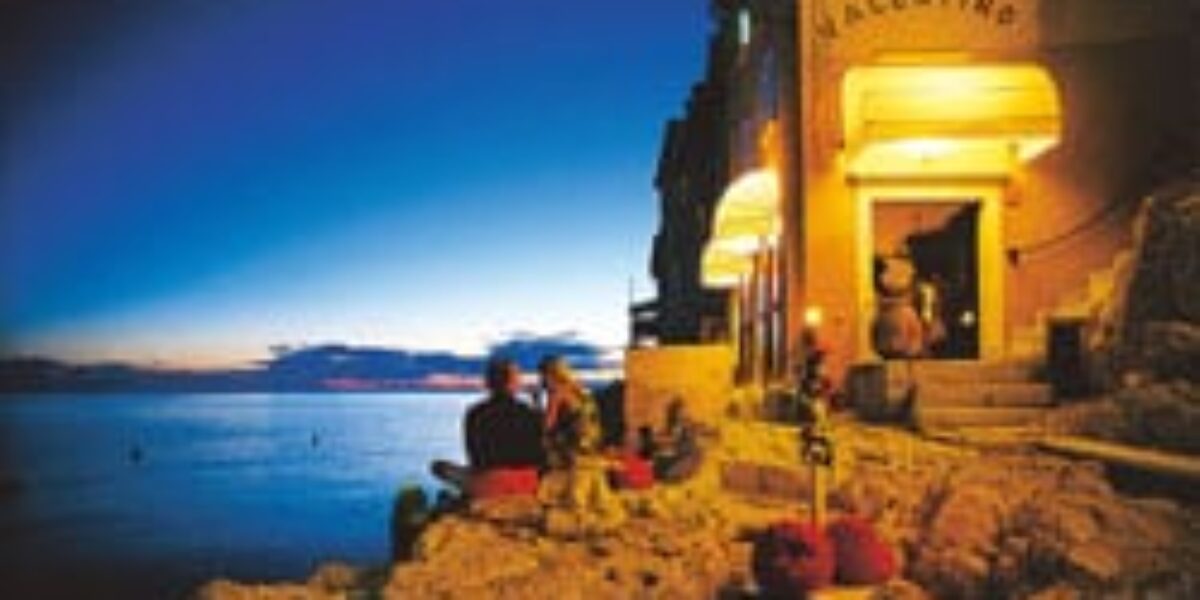Welcome to Istria – where Central Europe meets the Mediterranean.
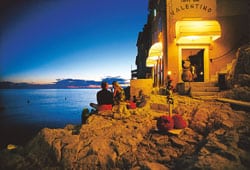
This gorgeous heart-shaped promontory is the largest peninsula of the Adriatic Sea. Located between the Gulf of Trieste and the Bay of Kvarner, the Istria Peninsula is shared by Croatia, Slovenia and Italy – but almost 90% of its landmass comes within Croatia’s border.
Istria’s idyllic geographical position brings perfectly balanced seasons – with lush green spring, warm pleasant summers, dramatically colourful autumns, and mild winters. It has the most agreeable weather in the entire Mediterranean.
Tourists from Germany, Italy, Slovenia, Austria and the Netherlands have already acquainted themselves with Istria. Now British visitors are waking up to the region’s magnificence too, thanks to new international routes being developed between the UK and Pula airport. As a result Pula and the surrounding region of Istria is fast gaining international recognition for its tourist and business attractions and facilities.
The region is punctuated by cultural and historical sites along the coast and throughout Istria’s lush green interior.
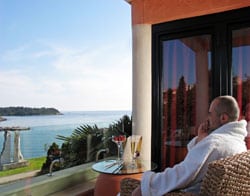
Beside the warm sun and beautiful beaches along the 450km coastline, there’s plenty here to keep you busy. In fact, Istria was recently named on National Geographic Traveller magazine’s 20 Top Destinations for 2012. The Best of the World 2012 list includes cities, countries and natural landmarks which according to NGT, deserve the title of the most wanted places on the planet. According to NGT, Istria is like Tuscany only with a Habsburg history rather than the Medici.
The region is punctuated by cultural and historical sites along the coast and throughout Istria’s lush green interior. Here you’ll find picturesque hilltop villages and views to rival anywhere in Provence or Tuscany. Similarly, there’s a treasure trove of local cuisines all waiting to be discovered.
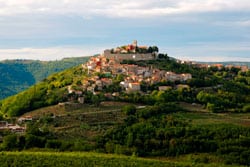
The indigenous Mediterranean herbs and spices, seasonal fruits and vegetables, seafood and olive oil will be familiar to those who’ve visited other parts of the Med – but Istria has its own gastronomic tradition. Untouched historic inns and wine cellars are found everywhere in Istria’s countryside, while the abundance and quality of the region’s fresh seafood are flaunted in many coastal restaurants.
The northernmost region is fast gaining a reputation amongst foodies for its produce – becoming renowned for truffles, Istrian Malvazija wine, artisan olive oils produced at the local farms and local eateries – especially ones found in authentic medieval villages at the top of green hills.
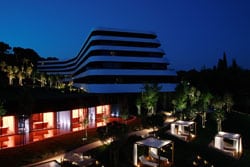
Istria’s sweet Malvasia wines are also the toast of the wine masters, and the region’s wines are becoming more prevalent in the world wine guides, competing with Madeira and Italy for its new and exciting styles.
In fact, the renowned Touring Editore – the Italian equivalent of the Michelin Guide – has seen fit to include 19 Istrian vintners in its Vinibuoni d’Italia 2011 edition, putting Istria right on the front page. Selling an average of 20,000 copies and it represents one of the three most significant wine guides in Italy. Within the guide Flos Olei two istrian olive oils have found themselves amongst the 15 best in the world. Proof indeed, that the whole Istria has successfully positioned itself as a gourmet and lifestyle destination.
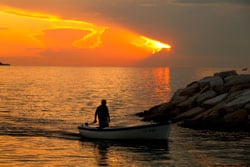
The region is also gaining a reputation amongst cyclists for its quiet roads, exceptional views and challenging hills – that and the 2,000 miles of well-kept bicycle paths that wind between the Pine tree shaded Adriatic bays.
Of course, activity holidays are Istria’s speciality – it’s the perfect location for sailing, diving, water sports, trekking, tennis, or golf. In fact, the 18-hole course at the Kempinski Adriatic Hotel in the north of Istria is one of the finest in Europe and in amazing surrounding to play on is the course on the island Brijuni. For a relaxing holiday, several spa and wellness centres are open all year offering unique themes and methods. Naturally, there are still many beautiful rural B&B’s, and small family-run rural hotels and self catering houses to rent across this beautiful region.
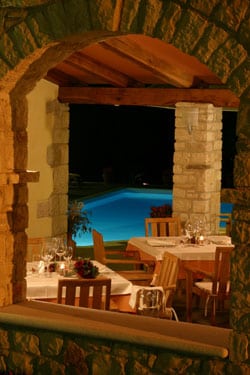
Of course, Istria isn’t just about quaint, historic villages – the New York Times recently featured a new hotel in the region that is anything but rustic. Hotel Lone in Rovinj attracted the world famous newspaper with it’s sleek tiered, modernist style for an article in it’s prestigious Sunday edition. Adam H. Graham, the author of the article visited Hotel Lone in June 2011, on the eve of the hotel’s opening.
Designed by Croatian architects 3LHD – who are fast gaining an international reputation – this gorgeous modern building is set in a forest above the Istrian coast. This is the Republic’s first high-design hotel and it has just put Croatia on the serious hotel architecture map. Resembling an ocean liner, Lone is also the first Croatian member of Design Hotels, the holy grail of design-conscious luxury resorts across the globe.
But this is just one of a handful of notable structures along the Istrian coast that offer visitors a window into the next generation of Croatian architecture – and the nation’s wider ambitions. Besides Hotel Lone, the NY Times suggests the readers visit the Lapidarium Museum in Novigrad, which houses the collection of early medieval monuments, architectural sculpture and church furnishings, and the distinguished Croatian artist Dušan Džamonja’s Sculpture Park in Vrsar.
The official site of the tourist region Istria provides help for the upcoming holiday planning, and also for bussines trips. A detailed event calender is also present, so don’t hesitate to visit www.istra.com for more information.


